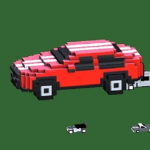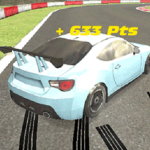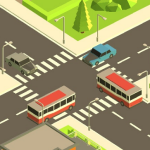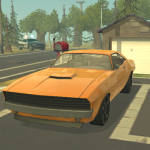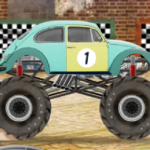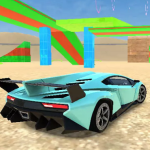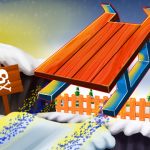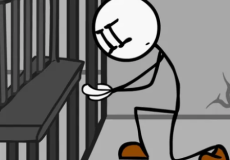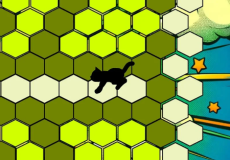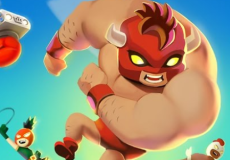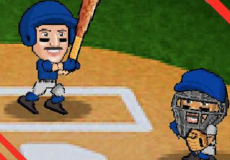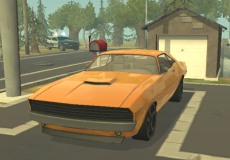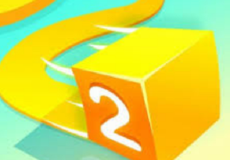

Geometry Dash Wave
Advertisement
Geometry Dash Wave is a gameplay mode within the Geometry Dash series that focuses on controlling a sharp, zigzagging wave through narrow corridors. Unlike the cube or ship modes, the wave moves diagonally up when the screen is pressed or held, and diagonally down when released. The player’s objective is to guide this wave through tight spaces filled with spikes, saws, and thin walls without touching anything. The pace is fast, and the wave responds instantly to input, demanding precise timing and control.
Advertisement
Similiar games
Geometry Dash Wave is a gameplay mode within the Geometry Dash series that focuses on controlling a sharp, zigzagging wave through narrow corridors. Unlike the cube or ship modes, the wave moves diagonally up when the screen is pressed or held, and diagonally down when released. The player’s objective is to guide this wave through tight spaces filled with spikes, saws, and thin walls without touching anything. The pace is fast, and the wave responds instantly to input, demanding precise timing and control.
Level Design and Difficulty Curve
Levels built around the wave mechanic are known for their high difficulty. The space between obstacles is usually minimal, and changes in direction happen quickly. Because the wave moves in sharp angles rather than curves, every input must be accurate and immediate. Many of these levels are built with rapid transitions, requiring players to read patterns and commit to specific paths. Success often depends on split-second reactions and consistent rhythm through repeated practice.
Main Features of Geometry Dash Wave
This mode is defined by several distinct mechanics and visual characteristics:
· Diagonal up/down movement controlled by press and release
· Instant response to input with no momentum delay
· Narrow gaps and high-speed sections
· Often used in high-difficulty custom levels
· No health or damage — any collision results in a restart
These features create a highly reactive format that challenges reflexes and memory more than exploration or strategy.
Geometry Dash Wave mode is widely used in custom levels to test advanced players. Repeated playthroughs are common, as players try to learn the exact movement pattern needed to survive. With no variability in obstacle placement, every attempt becomes an opportunity to memorize spacing and improve accuracy. Since there are no tools or upgrades to assist, progression is tied directly to input skill. For many players, mastering the wave is seen as a benchmark of control and timing within the Geometry Dash experience.
Discuss Geometry Dash Wave


